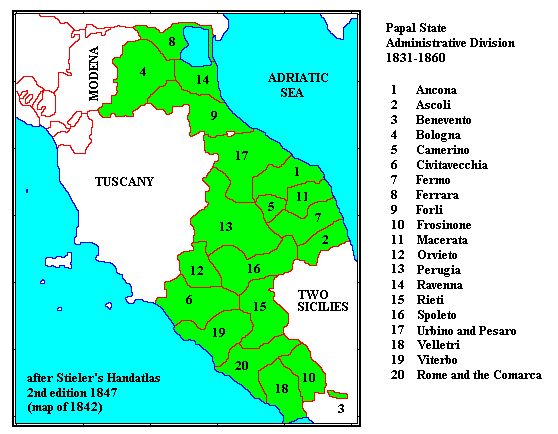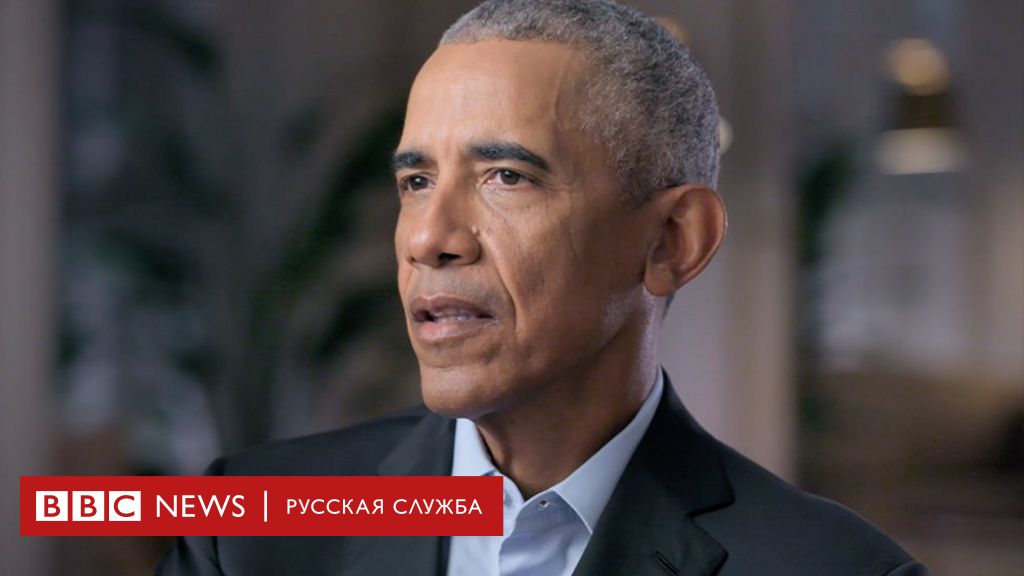The Tradition Of Papal Name Changes: History And Significance

Table of Contents
Early Papal Name Changes: Establishing the Practice
The early history of papal naming practices isn't as clear-cut as later periods. Early Christian leaders, including the first Popes, didn't consistently adopt new names. The transition from personal names to adopting a pontifical name was a gradual process, influenced by various factors. Were name changes common in early Christianity? Not initially. The practice evolved over time, potentially influenced by the Roman imperial tradition where emperors often adopted honorific names or titles upon ascension. Understanding early papal name changes requires examining the historical context of the early Church. Naming conventions were fluid, and the significance attached to a change of name wasn't always the same as it became in later centuries.
- Examples of Early Popes Who Changed Their Names:
- Pope Marcellinus (c. 296-304): While the reasons remain debated, his name change might have been linked to a desire for a fresh start or to distance himself from previous associations.
- Pope Melchiades (311-314): The specifics of his name change are lost to history, but it contributes to the evolving tradition of papal name adoption.
This early period lays the groundwork for the development of a more formalized and symbolic understanding of papal name changes, paving the way for the more deliberate choices seen in subsequent centuries. The shift from a period where name changes were less common or less documented to a time when they gained religious and political significance provides valuable insight into the evolving identity of the Papacy.
The Middle Ages and the Rise of Symbolic Naming
The Middle Ages witnessed a significant increase in the frequency of Papal name changes. This wasn't merely a matter of administrative convenience; it became increasingly symbolic. Choosing a specific name was a powerful act, often deeply imbued with religious and political meanings. Medieval papal names frequently reflected a conscious decision to honor a significant saint or to identify with a particular theological or political agenda. The influence of political and religious factors on name selection became paramount.
- Examples of Medieval Popes and the Meaning Behind Their Chosen Names:
- Pope Gregory VII (1073-1085): His adoption of the name Gregory linked him to Gregory I, "the Great," suggesting an aspiration to emulate his predecessor's reforming zeal and strength in the face of secular authority.
- Pope Innocent III (1198-1216): The name "Innocent" projected an image of purity and righteousness, reflecting his ambition to establish papal authority and moral leadership.
The symbolic meaning of medieval papal names offers a fascinating lens through which to understand the political and religious landscape of the era. Papal name selection became an act of self-presentation, projecting an image carefully constructed to serve the needs and aspirations of the papacy.
The Modern Era: Continuity and Change
The tradition of Papal name changes continued into the modern era, though with some subtle shifts in the underlying symbolism. While the honoring of predecessors remained a factor, modern Popes also used name changes to signal a new direction or to emphasize specific aspects of their papacy. The theological implications are often more nuanced and complex, reflecting the evolving relationship between the Church and the modern world. Recent trends in papal name selection show a blend of continuity with historical practices and an adaptation to contemporary sensitivities.
- Examples of Modern Popes Who Changed Their Names:
- Pope John Paul II (1978-2005): His choice linked him to earlier Popes John and Paul, but also carried immense symbolic weight due to his Polish heritage and the context of the Cold War.
- Pope Francis (2013-present): His choice of Francis, in honor of St. Francis of Assisi, signaled a focus on humility, poverty, and environmental stewardship, greatly impacting the public perception of the papacy.
Pope Francis: A Case Study
Pope Francis's choice of name stands as a particularly compelling case study. The selection of "Francis," strongly linked to St. Francis of Assisi, profoundly resonated with the global community. It signified a departure from the perceived opulence associated with previous papacies and projected an image of humility and simplicity. The Franciscan influence extends to many aspects of his papacy, underscoring the direct connection between his name and his actions. The broader reception and interpretations of his name choice highlighted both the enduring power of symbolic naming in religious leadership and the capacity of this tradition to shape perceptions of the Catholic Church in the 21st century. His choice is often seen as groundbreaking, both for its humility and its connection to a saint who emphasized poverty and simplicity.
Conclusion
The tradition of Papal name changes, far from being a mere formality, reveals a fascinating interplay between historical continuity, religious symbolism, and political strategy. From the subtle shifts in early papal naming conventions to the highly symbolic choices of modern Popes, this practice offers a rich tapestry of insights into the evolution of the papacy and the Catholic Church. Understanding this tradition is crucial for grasping the complex historical, theological, and political context within which the Popes have operated throughout the centuries. Delve deeper into the fascinating world of Papal name changes; explore the rich history and symbolism behind Papal name selections. Continue your exploration of the tradition of Papal name changes and discover the profound impact this seemingly simple act has had on the course of history.

Featured Posts
-
 Zayavlenie Azerbaydzhana O Priostanovke Raboty Bi Bi Si Analiz Situatsii
May 06, 2025
Zayavlenie Azerbaydzhana O Priostanovke Raboty Bi Bi Si Analiz Situatsii
May 06, 2025 -
 Jeff Goldblum Enlists Cynthia Erivo Ariana Grande For New Jazz Album
May 06, 2025
Jeff Goldblum Enlists Cynthia Erivo Ariana Grande For New Jazz Album
May 06, 2025 -
 Nba Playoffs Bracket 2025 Round 1 Tv Schedule
May 06, 2025
Nba Playoffs Bracket 2025 Round 1 Tv Schedule
May 06, 2025 -
 Chris Appleton Previews Kim Kardashians Met Gala Hair
May 06, 2025
Chris Appleton Previews Kim Kardashians Met Gala Hair
May 06, 2025 -
 Bbc I Adrbyejanakan Tsarayvo Tyan Pakvo My Adrbyejani Agn I Dyery
May 06, 2025
Bbc I Adrbyejanakan Tsarayvo Tyan Pakvo My Adrbyejani Agn I Dyery
May 06, 2025
